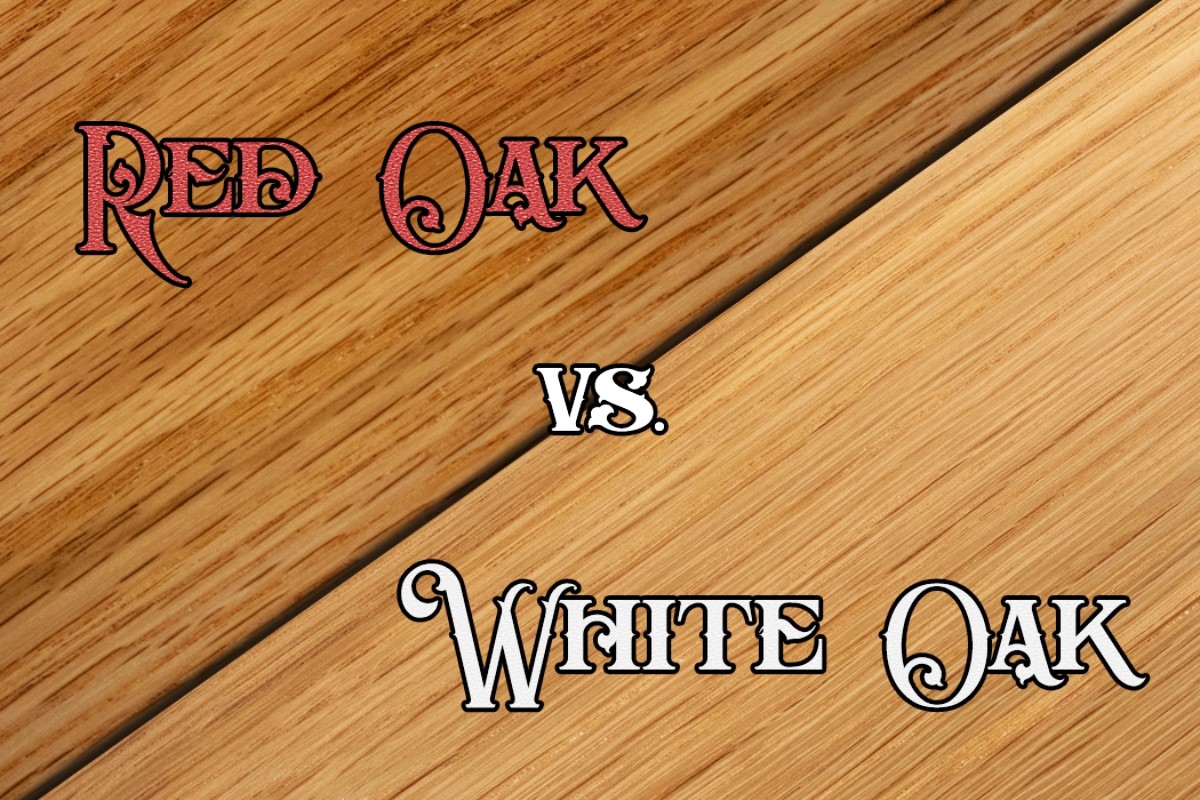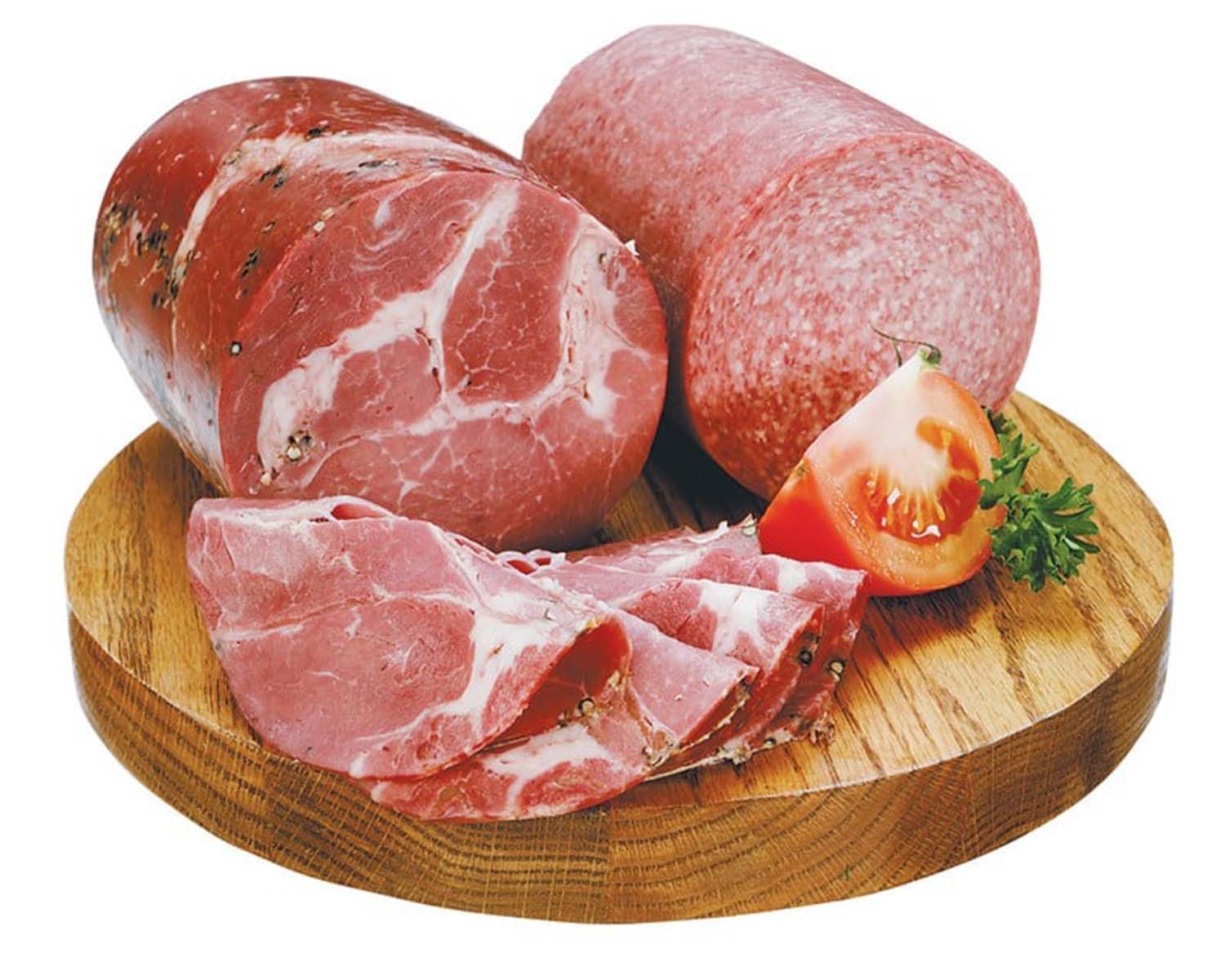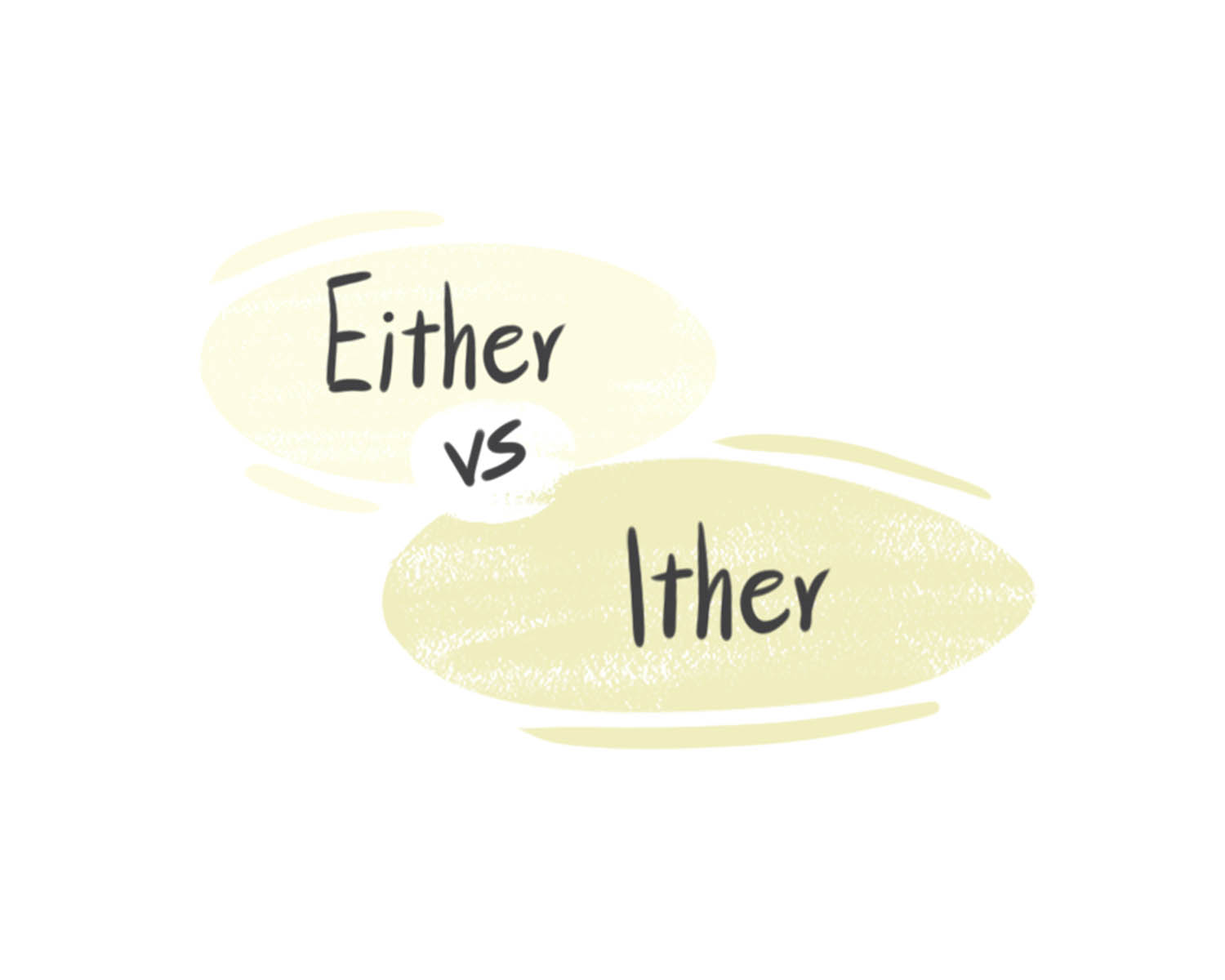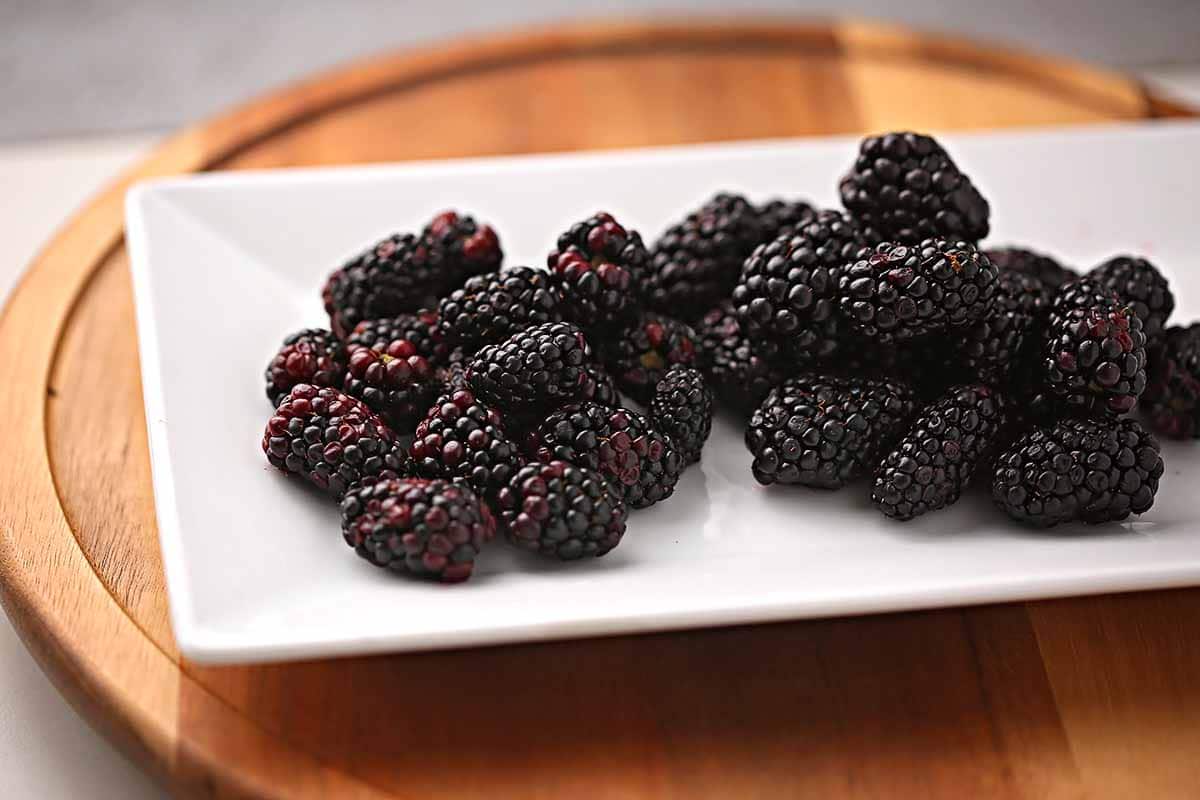Home>Home and Garden>The Surprising Difference Between Red Oak And White Oak Flooring


Home and Garden
The Surprising Difference Between Red Oak And White Oak Flooring
Published: January 20, 2024
Discover the key distinctions between red oak and white oak flooring for your home and garden. Make an informed decision for your next flooring project.
(Many of the links in this article redirect to a specific reviewed product. Your purchase of these products through affiliate links helps to generate commission for Noodls.com, at no extra cost. Learn more)
Table of Contents
Introduction
When it comes to choosing the perfect flooring for your home, the options can seem endless. Each type of wood offers its own unique characteristics, adding a touch of elegance and warmth to any space. Among the myriad of choices, red oak and white oak stand out as popular options, each with its own distinct features and benefits. Understanding the differences between these two varieties is crucial for making an informed decision that aligns with your preferences and lifestyle.
Red oak and white oak, despite sharing a common name, are two distinct species with their own set of attributes. From their physical appearance to their durability and cost, these two hardwoods have much to offer and can significantly impact the ambiance and functionality of your living space. By delving into the surprising disparities between red oak and white oak flooring, you'll gain valuable insights that will aid you in making the best choice for your home.
The Physical Differences
Red oak and white oak, despite their similar names, exhibit noticeable physical disparities that can influence your flooring decision. These distinctions encompass color, grain pattern, and pore structure, ultimately contributing to the overall aesthetic and feel of the wood.
Color
One of the primary differentiating factors between red oak and white oak lies in their coloration. Red oak, as its name suggests, tends to have a warmer hue with pinkish undertones, while white oak boasts a more neutral and cooler tone. The reddish tint of red oak is a result of its high tannin content, which reacts with the iron salts in the wood, leading to a reddish-brown appearance. Conversely, white oak's natural coloration ranges from light tan to medium brown, offering a more subdued and versatile palette.
Grain Pattern
Another prominent contrast is evident in the grain patterns of these hardwoods. Red oak typically features a more pronounced and prominent grain, with prominent swirls and arches that add character and visual interest to the wood. On the other hand, white oak exhibits a subtler and tighter grain pattern, characterized by straighter lines and a more uniform appearance. This disparity in grain patterns can significantly impact the overall look and feel of the flooring, allowing homeowners to choose the aesthetic that best complements their interior design.
Pore Structure
The pore structure of red oak and white oak also differs, contributing to their distinct visual appeal and texture. Red oak is renowned for its open and porous grain, which gives it a slightly rougher texture and a more pronounced tactile experience. In contrast, white oak possesses a tighter and denser pore structure, resulting in a smoother surface that feels more refined to the touch. This variance in pore structure not only affects the tactile sensation but also influences the wood's ability to absorb stains and finishes, thereby impacting the final appearance of the flooring.
Understanding these physical disparities between red oak and white oak is pivotal in selecting the ideal flooring option for your home. By recognizing the unique characteristics of each wood, you can make an informed decision that aligns with your aesthetic preferences and complements your living space.
The Visual Differences
The visual disparities between red oak and white oak flooring extend beyond their color variations, encompassing distinct grain patterns and pore structures that significantly impact the overall aesthetic appeal of these hardwoods.
Color
The most apparent dissimilarity between red oak and white oak lies in their natural coloration. Red oak, as its name implies, exudes warm, reddish tones with pinkish undertones, creating a rich and inviting ambiance within a space. This characteristic hue is attributed to the wood's high tannin content, which reacts with the iron salts present, resulting in the distinctive reddish-brown appearance. In contrast, white oak boasts a more neutral and versatile color palette, ranging from light tan to medium brown. The absence of the reddish undertones in white oak allows for a subtler, more understated aesthetic that seamlessly complements various interior design schemes.
Grain Pattern
Another striking visual contrast is evident in the grain patterns of red oak and white oak. Red oak is renowned for its pronounced and prominent grain, characterized by prominent swirls and arches that lend a sense of depth and character to the wood. This distinctive grain pattern creates visually captivating flooring that adds an element of visual interest to any space. Conversely, white oak showcases a subtler and tighter grain pattern, featuring straighter lines and a more uniform appearance. The understated grain of white oak offers a sense of elegance and sophistication, making it an ideal choice for those seeking a more refined and contemporary aesthetic.
Pore Structure
The disparities in pore structure further contribute to the visual divergence between red oak and white oak flooring. Red oak's open and porous grain imparts a slightly rougher texture, enhancing the tactile experience and adding a rustic charm to the wood. This porous nature also influences the wood's ability to absorb stains and finishes, resulting in a distinct appearance with enhanced depth and dimension. In contrast, white oak's tighter and denser pore structure yields a smoother surface, exuding a more refined and polished look. The smooth texture of white oak flooring lends a sense of sophistication and modernity to the space, making it an excellent choice for those seeking a sleek and contemporary ambiance.
Understanding the visual disparities between red oak and white oak is essential for homeowners seeking to make an informed flooring decision. By recognizing and appreciating the unique visual characteristics of each wood, individuals can select the option that best aligns with their aesthetic preferences and complements their living environment.
The Durability Differences
When considering flooring options, durability is a paramount factor that directly impacts the longevity and resilience of the investment. Red oak and white oak, while both esteemed for their durability, exhibit notable differences in this aspect, influencing their suitability for various environments and lifestyles.
Red oak, renowned for its strength and hardness, is a highly durable hardwood that can withstand the rigors of daily use. Its robust nature makes it particularly resistant to wear and tear, making it a popular choice for high-traffic areas within homes. The inherent hardness of red oak renders it less susceptible to dents and scratches, ensuring that the flooring maintains its pristine appearance over time. This durability makes red oak flooring an excellent option for households with children, pets, or a bustling social life, as it can endure the demands of active living without compromising its integrity.
In contrast, white oak boasts even greater durability, making it a top contender for flooring applications that necessitate exceptional resilience. White oak's superior hardness and density render it highly resistant to impact and abrasion, making it an ideal choice for areas prone to heavy foot traffic or potential damage. The enhanced durability of white oak flooring makes it a preferred option for commercial spaces, offices, and other high-traffic environments where maintaining the pristine condition of the flooring is imperative.
Moreover, the cellular structure of white oak contributes to its exceptional durability, as the wood's closed cellular pores provide added protection against moisture, rot, and decay. This inherent resistance to environmental factors enhances the longevity of white oak flooring, making it a reliable choice for areas prone to moisture exposure, such as kitchens, bathrooms, and basements.
In essence, while both red oak and white oak exhibit commendable durability, white oak surpasses its counterpart in terms of hardness, resilience, and resistance to environmental elements. The superior durability of white oak flooring makes it an optimal choice for spaces that demand uncompromising strength and longevity, ensuring that the investment endures and maintains its allure for years to come.
The Cost Differences
When it comes to choosing between red oak and white oak flooring, cost considerations play a pivotal role in the decision-making process. Both red oak and white oak offer exceptional value and longevity, yet their pricing disparities can significantly impact the overall investment required for your flooring project.
Red oak flooring, known for its widespread availability and popularity, is generally more budget-friendly compared to white oak. The abundant supply of red oak contributes to its affordability, making it an appealing option for homeowners seeking high-quality hardwood flooring without breaking the bank. The cost-effectiveness of red oak flooring extends beyond the initial purchase, as its durability and longevity ensure minimal maintenance and replacement expenses over time, providing long-term value and cost savings.
Conversely, white oak flooring tends to command a higher price point due to various factors, including its superior durability, denser grain, and enhanced resistance to moisture and decay. The scarcity of white oak, coupled with its exceptional strength and longevity, contributes to its elevated cost compared to red oak. While the upfront investment for white oak flooring may be higher, its remarkable durability and resistance to wear and tear translate to long-term savings and reduced maintenance expenses, making it a worthwhile investment in the overall value of your home.
Additionally, the distinct aesthetic appeal and versatile color palette of white oak can also influence its pricing, as homeowners often seek the timeless elegance and sophistication that white oak flooring imparts to their living spaces. The premium attributes of white oak contribute to its higher cost, reflecting the exceptional quality and visual appeal that it brings to any environment.
Ultimately, while red oak offers a more budget-friendly option for hardwood flooring, white oak's superior durability, resilience, and timeless beauty justify its higher price tag. By weighing the cost differences alongside the unique attributes of each wood, homeowners can make an informed decision that aligns with their budget and long-term investment goals, ensuring that their chosen flooring option delivers enduring value and aesthetic gratification.
Conclusion
In conclusion, the choice between red oak and white oak flooring hinges on a myriad of factors, encompassing physical appearance, durability, cost, and overall aesthetic appeal. Understanding the distinctive characteristics and disparities between these two hardwood varieties is essential for homeowners seeking to make an informed decision that aligns with their preferences and lifestyle.
The physical disparities between red oak and white oak, including color, grain pattern, and pore structure, significantly impact the visual appeal and tactile experience of the flooring. While red oak exudes warm, reddish tones with a prominent grain, white oak offers a more neutral color palette and a refined, understated grain pattern. These visual disparities allow homeowners to select the wood that best complements their interior design and personal aesthetic preferences.
Moreover, the durability differences between red oak and white oak underscore their suitability for various environments and lifestyles. While red oak boasts commendable strength and resilience, white oak surpasses its counterpart in terms of hardness, making it an optimal choice for high-traffic areas and spaces prone to moisture exposure. The enhanced durability of white oak ensures that the investment endures and maintains its allure for years to come, making it a reliable choice for homeowners seeking long-term value and resilience.
When considering cost, red oak flooring emerges as a more budget-friendly option, offering exceptional value and longevity at a more accessible price point. Conversely, white oak commands a higher price due to its superior durability, denser grain, and timeless aesthetic appeal. The higher initial investment for white oak is justified by its remarkable longevity and reduced maintenance expenses, making it a worthwhile investment in the overall value of a home.
Ultimately, the choice between red oak and white oak flooring is a deeply personal decision that hinges on individual preferences, lifestyle, and budget considerations. By weighing the physical, visual, durability, and cost differences between these two hardwood varieties, homeowners can make an informed choice that aligns with their unique needs and aspirations, ensuring that their selected flooring option enhances the ambiance and functionality of their living space for years to come.













